Terms of Use
Introduction
Navigating the intricacies of “Terms of Use” agreements can be daunting for many. These documents are essential for protecting both the service provider and the user, outlining the responsibilities, limitations, and privacy expectations of all parties involved. Understanding these terms is crucial for anyone engaging with online platforms or services. This guide aims to demystify “Terms of Use” by breaking down their key components, ensuring you are well-informed and confident when agreeing to these terms.
What Are Terms of Use?
“Terms of Use” (also known as Terms and Conditions or Terms of Service) are legally binding agreements between a service provider and the user. They set the rules and guidelines that users must follow to access and use the service. These terms cover a wide range of aspects, including acceptable behavior, intellectual property rights, and limitations of liability.
Importance of Terms of Use
Understanding “Terms of Use” is crucial for several reasons:
- Legal Protection: They protect the service provider from legal disputes by clearly outlining the rules and limitations.
- User Awareness: Users are informed about their rights and obligations, promoting transparency and trust.
- Dispute Resolution: They provide a framework for resolving conflicts, which can prevent costly and lengthy legal battles.
Key Components of Terms of Use
User Responsibilities
Users must adhere to specific guidelines to maintain the integrity and functionality of the service. This section often includes:
- Account Security: Users must keep their login details confidential and are responsible for any activity under their account.
- Acceptable Use: Guidelines on what constitutes acceptable behavior, prohibiting activities like spamming, hacking, or sharing illegal content.
- Compliance with Laws: Users must comply with all applicable laws and regulations while using the service.
Intellectual Property
This section outlines the ownership of content and intellectual property rights:
- Service Provider Rights: The service provider retains ownership of all content, trademarks, and intellectual property related to the service.
- User-Generated Content: Users may grant the service provider a license to use, modify, and distribute any content they create or upload.
Limitation of Liability
This crucial section limits the service provider’s liability in case of issues or damages arising from the use of the service:
- No Warranties: The service is provided “as is,” with no guarantees regarding its performance or reliability.
- Limitation on Damages: The service provider’s liability is limited to a certain amount, often the fees paid by the user.
Termination of Service
The service provider reserves the right to terminate or suspend a user’s access to the service for violating the terms:
- Immediate Termination: Severe breaches, such as illegal activities, can lead to immediate termination without notice.
- Notice of Termination: For less severe breaches, users may receive a warning or notice before termination.
Privacy Policy
While not always part of the “Terms of Use,” a privacy policy is often referenced. It explains how the service provider collects, uses, and protects user data:
- Data Collection: Types of data collected, such as personal information and usage data.
- Data Usage: How the data is used, including for improving the service or marketing purposes.
- Data Protection: Measures taken to protect user data from unauthorized access or breaches.
Dispute Resolution
This section details the process for resolving disputes between the user and the service provider:
- Governing Law: Specifies the jurisdiction whose laws will govern the terms and any disputes.
- Arbitration: Many agreements require disputes to be resolved through arbitration rather than court proceedings.’
Best Practices for Users
- Read Thoroughly: Always read the “Terms of Use” carefully before agreeing. Look for key sections like user responsibilities, limitations of liability, and dispute resolution.
- Understand Your Rights: Be aware of your rights and obligations as a user. Know what actions could lead to termination of service.
- Stay Informed: Terms of Use can be updated periodically. Ensure you are aware of any changes by reviewing the terms regularly.
Conclusion
“Terms of Use” are vital documents that protect both service providers and users. By understanding these terms, you can ensure a safer and more transparent online experience. Whether you’re using a new app, signing up for a service, or browsing a website, taking the time to read and comprehend the “Terms of Use” can save you from potential legal issues and misunderstandings. Stay informed, stay protected, and navigate the digital world with confidence.

